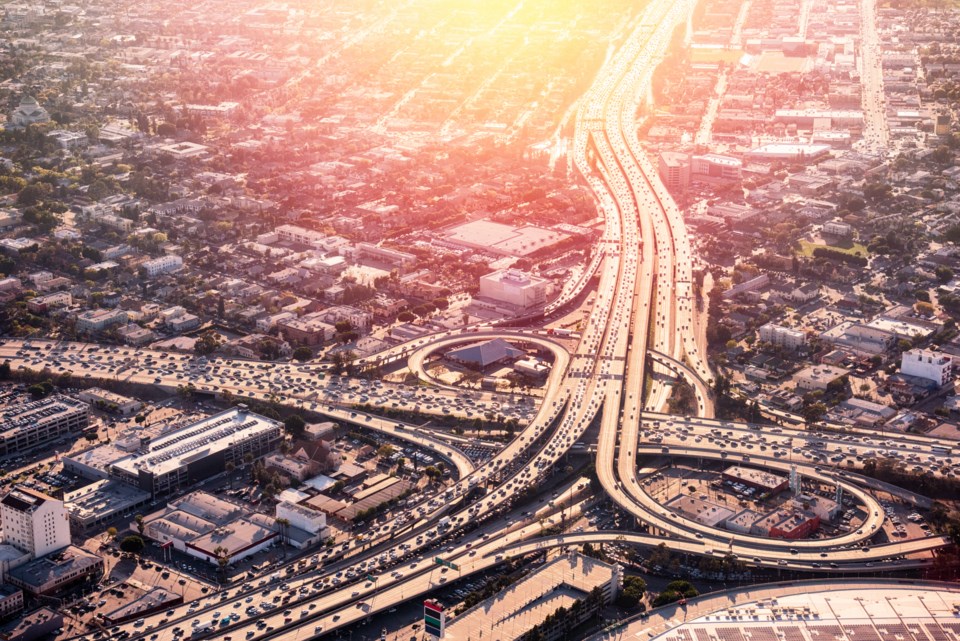June and July 2023 have now been inscribed as not only the hottest of their respective months in recorded history, but the hottest in 120,000 years.
If this seems abstraction given the almost certain lack of record-keeping by our Cro-Magnon ancestors, don’t worry: scientists have many ways of understanding past global temperatures, from lakebed pollen samples to glacier ice cores. As for current real-time measurements, the source is unassailable—GISTEMP, NASA’s global temperature analysis, which draws on data collected by thousands of weather and research stations on every continent, as well as by ships and ocean buoys. So, while it’s a coin-toss whether UN Secretary-General António Guterres’ warning that we’ve surpassed global warming to enter an era of “global boiling” is hyperbole or prophecy, the world indeed passed through the eye of a very hot needle this summer, one that has also seen record acreages of wildfire in our own country with attendant loss of property, crops, wildlife and habitat. No surprise that alarm bells are ringing in the UN.
Unfortunately—and also no surprise—no one who should be is heeding those alarms.
One problem is that those bells have been ringing too long. Decades, in fact: according to NASA, the 10 hottest years on record occurred since 2010. Yet by the dictates of Shifting Baseline Syndrome, we’ve barely noticed because the hottest 20 years on record have occurred since 2000. Along with them have come climate chaos and unprecedented impacts.
We’re losing the chance to make meaningful progress on the climate crisis we’ve created, and, as that slips through our hands, the intertwined biodiversity crisis we’re also responsible for. Forget global boiling, we’ve entered an era of observable global “unwinding” of planetary life-support systems, and the anxiety and paralysis accompanying this is crushing. Enough that many find themselves retreating into that ol’ human fail-safe of thinking there’s nothing to be done individually to fix these existential crises, and so doing nothing. What such thinking misses is that the only way to effect the global systemic change needed to solve these problems is a critical mass of individuals doing something—even if only caring enough to talk about it.
The most frequent thing I hear when speaking about this topic is But what can I do? Fortunately, when it comes to personal actions, there’s plenty we can all do—and you’re doubtless familiar with most:
Buy Less: We live in a culture of stuff, much of which we don’t need and some of which can be repaired or repurposed. Given the world’s interconnectedness, everything we make, ship, sell and buy has a knock-on effect elsewhere. So buying less is literally the lowest-hanging fruit.
Buy Better: Lessen environmental impact by purchasing quality items that last longer, or food grown/packaged closer to home. Buying organic helps, and those few extra cents will save some butterflies. Avoid ingredients that have large-scale impacts such as palm oil—which is literally like eating a rainforest and all its inhabitants.
You don’t have to completely eliminate meat, eggs and dairy, but cutting down and seeking less-impactive sources isn’t hard. And there are plenty of other choices in every grocery store aisle. Two types of parchment paper? Buy the kind you can compost. Buy unbleached toilet paper and paper towels, preferably made of bamboo not boreal forest. Ziploc-style bags have a hundred uses, but did you know they can be washed (even in a dishwasher) and used for years? Dry detergent strips aren’t perfect, but have the same amount of soap as liquid laundry detergent without the waste of water, suspension chemicals and plastic container. Bottled water? Just don’t.
Drive Smarter: What if each of us drove 10 per cent less? In 2017, Americans drove trillions of kilometres and produced ~1,100 million metric tons of CO2—a fifth of the country’s total emissions. A mere 10-per-cent cut represents 110 million metric tons of CO2—the same as taking 28 coal-fired power plants offline for a year. Since more than a third of all car trips are under three kilometres, the effect of walking, biking or taking public transport adds up quickly—as does combining errands to avoid unnecessary trips. On the other hand, carbon-wise driving is still better than flying.
Drive Slower: Folks seem in more of a hurry than ever. And since the muni seems incapable of lowering Whistler’s traffic volume, if we all slowed down and paid more attention things would be better for wildlife. If you can’t avoid a bear, you’re driving too fast.
Lawn Less: Chemicals, fertilizers and endless work to create a carpet of usually invasive and wildlife-unfriendly grass—why? At the very least, do we need so much? Especially where shoreline habitat has been given over to lawns; let shoreline be shoreline and you’ll be shocked what moves in.
Plant Mo’ Better: If you can plant a garden it’s never a bad idea—even an herb box is micro-wildlife habitat. And growing even a fraction of your own food lessens your footprint. There are showy plants you didn’t know you can eat, and edible plants that put on a show. With ornamentals, stick to native plants and avoid invasive species.
Be Active: Volunteer to plant pollinator gardens in your community, join invasive species groups or beach/lake/ditch cleanups, all of which benefit wildlife. Find ways to discuss climate and biodiversity issues with friends and family. Support smart (not dumb) FireSmarting, fight for greenspaces and wildlife corridors, and sign digital petitions (they’re verifiable and politicians respond to numbers).
Maybe the best thing you can do is take regular family walks where you make a point of show-and-telling an amazing plant/animal/climate fact or two, as piquing an interest in the world around us is what gets most kids caring about it enough to do something—anything.
Leslie Anthony is a biologist, writer and author of several popular books on environmental science.




